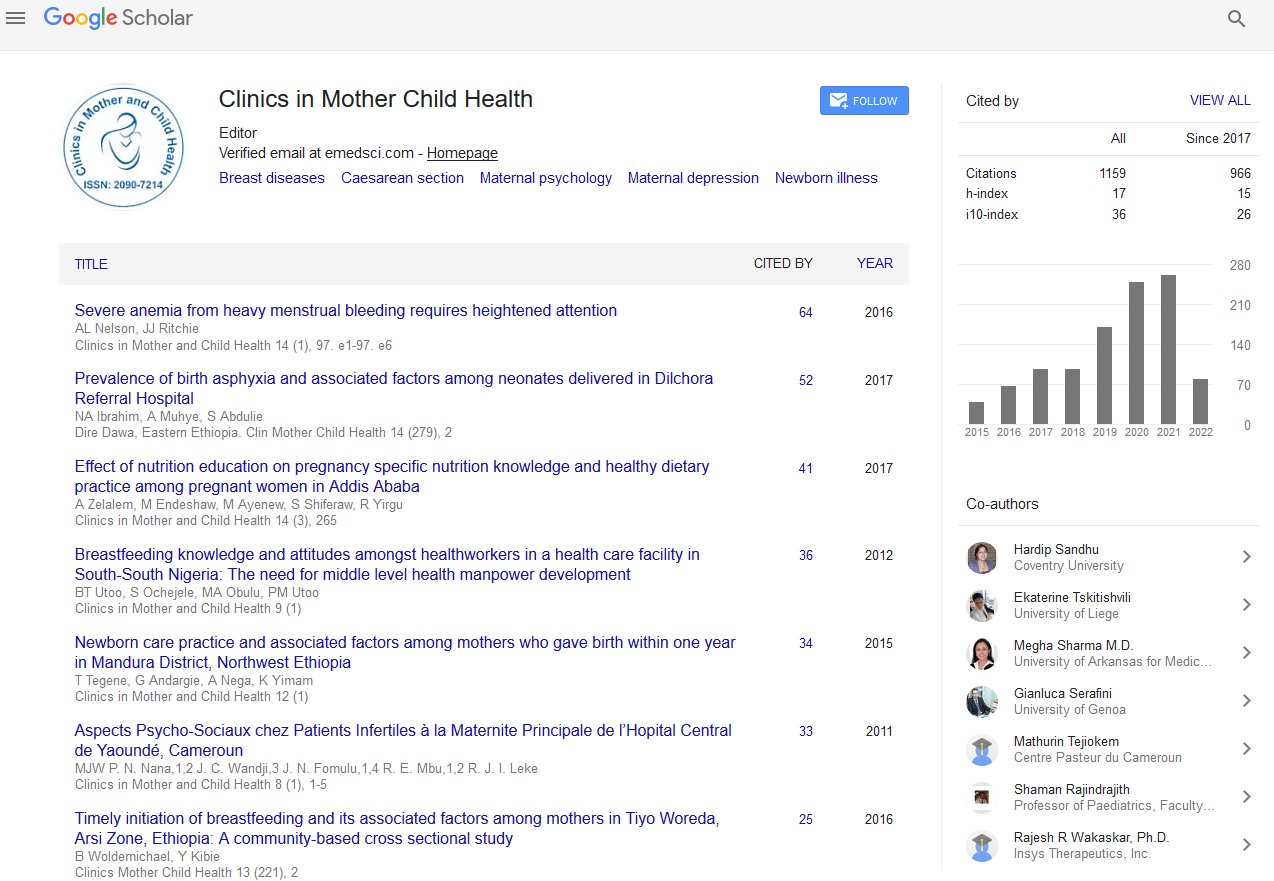Indexed In
- Genamics JournalSeek
- RefSeek
- Hamdard University
- EBSCO A-Z
- Publons
- Geneva Foundation for Medical Education and Research
- Euro Pub
- Google Scholar
Useful Links
Share This Page
Journal Flyer

Open Access Journals
- Agri and Aquaculture
- Biochemistry
- Bioinformatics & Systems Biology
- Business & Management
- Chemistry
- Clinical Sciences
- Engineering
- Food & Nutrition
- General Science
- Genetics & Molecular Biology
- Immunology & Microbiology
- Medical Sciences
- Neuroscience & Psychology
- Nursing & Health Care
- Pharmaceutical Sciences
Fat trajectory after birth in very preterm infants mimics healthy term infants
28th World Congress on Neonatology & Diagnosis
December 06-07, 2018 | Amsterdam, Netherlands
Nada Al Theyab
Ministry of Health, Saudi Arabia
Scientific Tracks Abstracts: Clinics Mother Child Health
Abstract:
Background: Infants born very preterm experience poor postnatal growth relative to intrauterine growth, but at term equivalent age, they have increased percentage body fat compared with infants born at term. Aim: The aim of this study was to assess body composition in very preterm infants born before 32 weeks postmenstrual age and to compare this with infants born at 32-36 weeks of gestation. Materials & Methods: Percentage fat, fat mass and fat-free mass were measured in 87 very preterm infants born <32 weeks of gestation and studied at 32-36 weeks and in 88 control infants born at 32-36 weeks of gestation and measured on days 2-5 postnatally. Results: At 32-36 weeks, very preterm infants were lighter and shorter, had signi?cantly greater percentage fat and absolute fat mass and had a signi?cantly lower absolute fat-free mass than the control group. The trajectory in percentage fat over increasing postnatal age in very preterm infants was closely aligned to that in term infants. Conclusions: Infants born very preterm accumulate fat rapidly after birth and have a de?cit in fat-free mass. Fat accumulation may be triggered by birth or associated events. If this rapid fat accretion is not taken into account, assessment of growth based on weight alone will underestimate the de?cit in fat-free mass.
Biography :
Nada Al Theyab has completed her PhD in School of Medicine and specialized in Public Health at the University of Queensland in Australia. She was awarded at the 24th Royal Brisbane Women Hospital Symposium for her innovation in predicting body fat in infants from anthropometric measurements. She is interested in perinatal research along with women’s health.
E-mail: uqnalthe@gmail.com


